Price Stability vs. Growth: RBI Governor Das on Trade-offs
By Rediff Money Desk, Mumbai Sep 24, 2024 18:18
RBI Governor Shaktikanta Das discusses the trade-off between price stability and growth, highlighting the need for central banks to use multiple tools to manage economic challenges.
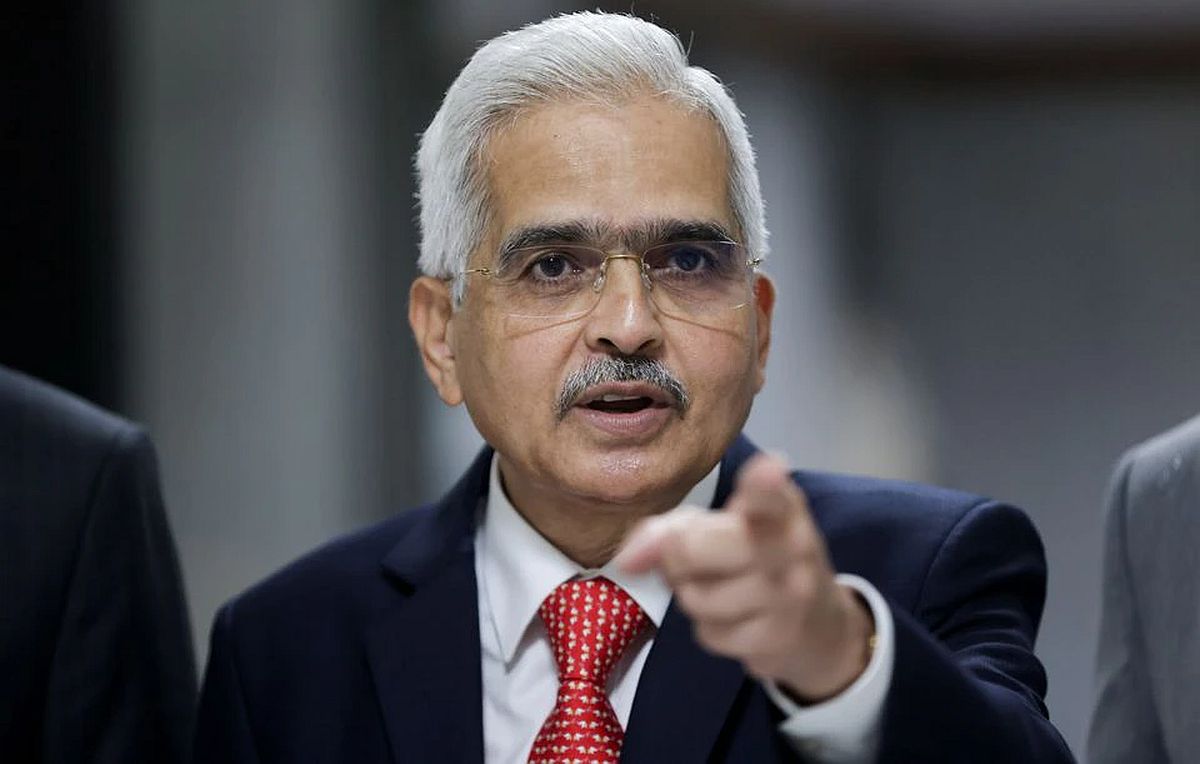
Mumbai, Sep 24 (PTI) A "large growth sacrifice" in the event of a central bank's pursuit of price stability can lead to the emergence of a trade-off between price stability and growth, Reserve Bank Governor Shaktikanta Das said on Tuesday.
To reduce the trade-offs and help an economy, central banks should employ multiple instruments like monetary policy, macroprudential regulation and micro-prudential supervision, Das said in an address in Kathmandu.
"The trade-off between price stability and growth emerges when the pursuit of price stability entails large growth sacrifice," he said, delivering the inaugural Himalaya Shumsher Memorial Lecture organized by Nepal Rastra Bank.
He acknowledged that sometimes, the pursuit of price stability could be in conflict with financial stability, and added that recently some advanced economies experienced the same when tighter monetary policy raised concerns about the banking system stability.
Das said central banks have a variety of instruments at their disposal beyond the conventional policy tools like negative interest rates, term lending facilities, asset purchase programmes and forward guidance.
In the Indian context, Das said RBI's functions are much wider than the price stability, and include maintaining financial stability.
"This helps us to take a holistic view of the economy, appreciate the synergy and trade-offs involved in various objectives, and act appropriately using multiple instruments at our disposal," he added.
The RBI's approach has "worked well" for the economy, he said, pointing out that policymakers have been able to shield the Indian economy from multiple shocks in the last few years and also helped it emerge stronger.
"The Indian economy today demonstrates vastly improved macroeconomic fundamentals and buffers," he said.
The flexible inflation targeting framework adopted in 2016 by India provides flexibility to support growth if the situation so demands.
"Financial stability which is a pre-condition for price stability and sustained growth is thus implicitly embedded as part of the broader mandate of the Reserve Bank. It is this approach which has helped us to effectively deal with the multiple challenges in the recent period and address issues of anchoring price stability, supporting growth and maintaining financial stability," he added.
Das said emerging market economies have exhibited greater resilience in the recent episodes of challenging times and welcomed moves to strengthen fundamentals.
"The foremost lesson is that strengthening one's fundamentals is the best buffer against global spillovers in today's uncertain world. Fundamentals would include commitment to an inflation target, maintaining buffers in the form of reserves, and following a prudent and forward looking approach in financial sector policies," he said.
To reduce the trade-offs and help an economy, central banks should employ multiple instruments like monetary policy, macroprudential regulation and micro-prudential supervision, Das said in an address in Kathmandu.
"The trade-off between price stability and growth emerges when the pursuit of price stability entails large growth sacrifice," he said, delivering the inaugural Himalaya Shumsher Memorial Lecture organized by Nepal Rastra Bank.
He acknowledged that sometimes, the pursuit of price stability could be in conflict with financial stability, and added that recently some advanced economies experienced the same when tighter monetary policy raised concerns about the banking system stability.
Das said central banks have a variety of instruments at their disposal beyond the conventional policy tools like negative interest rates, term lending facilities, asset purchase programmes and forward guidance.
In the Indian context, Das said RBI's functions are much wider than the price stability, and include maintaining financial stability.
"This helps us to take a holistic view of the economy, appreciate the synergy and trade-offs involved in various objectives, and act appropriately using multiple instruments at our disposal," he added.
The RBI's approach has "worked well" for the economy, he said, pointing out that policymakers have been able to shield the Indian economy from multiple shocks in the last few years and also helped it emerge stronger.
"The Indian economy today demonstrates vastly improved macroeconomic fundamentals and buffers," he said.
The flexible inflation targeting framework adopted in 2016 by India provides flexibility to support growth if the situation so demands.
"Financial stability which is a pre-condition for price stability and sustained growth is thus implicitly embedded as part of the broader mandate of the Reserve Bank. It is this approach which has helped us to effectively deal with the multiple challenges in the recent period and address issues of anchoring price stability, supporting growth and maintaining financial stability," he added.
Das said emerging market economies have exhibited greater resilience in the recent episodes of challenging times and welcomed moves to strengthen fundamentals.
"The foremost lesson is that strengthening one's fundamentals is the best buffer against global spillovers in today's uncertain world. Fundamentals would include commitment to an inflation target, maintaining buffers in the form of reserves, and following a prudent and forward looking approach in financial sector policies," he said.
Source: PTI
DISCLAIMER - This article is from a syndicated feed. The original source is responsible for accuracy, views & content ownership. Views expressed may not reflect those of rediff.com India Limited.
You May Like To Read
TODAY'S MOST TRADED COMPANIES
- Company Name
- Price
- Volume
- Vodafone Idea L
- 10.41 (+ 0.48)
- 53727067
- GTL Infrastructure
- 2.41 (+ 4.78)
- 49996392
- Five-Star Business F
- 797.20 ( -1.39)
- 47756593
- Spicejet Ltd.
- 61.84 ( -0.87)
- 37121295
- Reliance Power L
- 44.16 (+ 4.99)
- 36538149
MORE NEWS

Gulf Oil Promoter Sells 4% Stake for Rs 263 Crore
Gulf Oil International Mauritius Inc. sold a 4% stake in Gulf Oil Lubricants India for...

Zaggle Acquires Stakes in Span Across IT &...
Fintech firm Zaggle invests Rs 48 crore in Span Across IT Solutions and Mobileware...

Swiggy Files Updated IPO Papers: Eyes Rs 3,750 Cr
Swiggy files updated IPO papers with Sebi, aiming to raise Rs 3,750 crore through fresh...





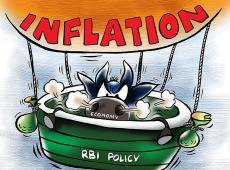
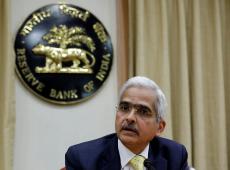
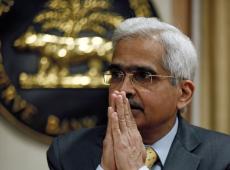

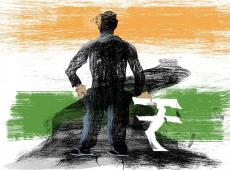

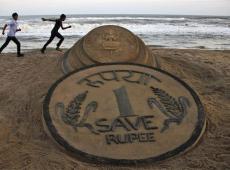
 © 2024 Rediff.com India Limited. All rights reserved.
© 2024 Rediff.com India Limited. All rights reserved.